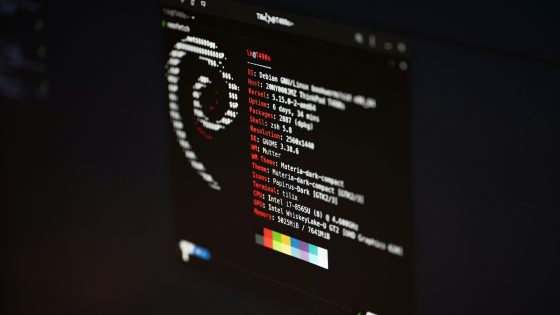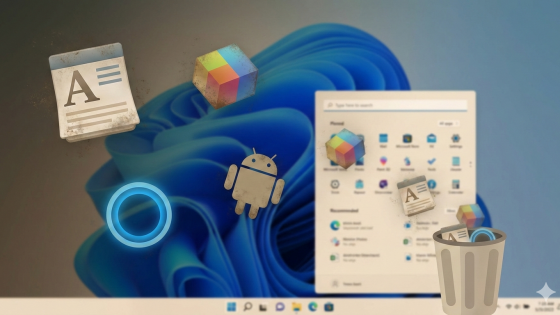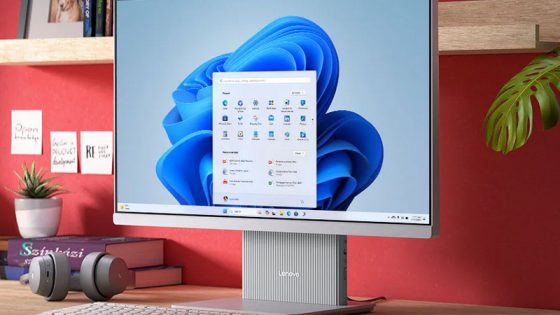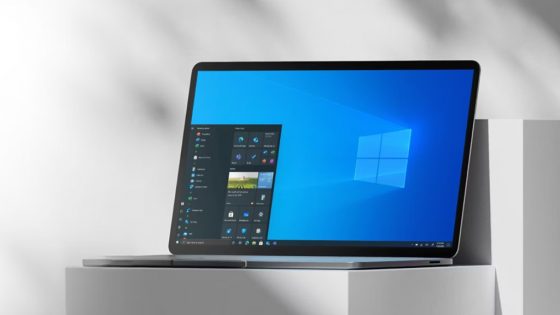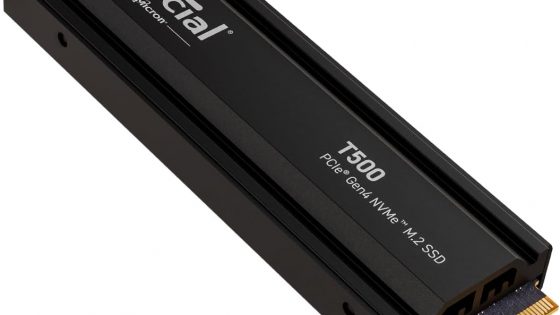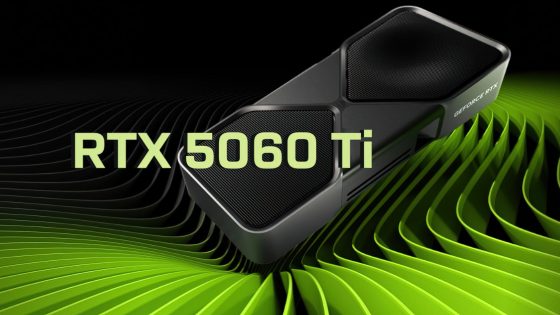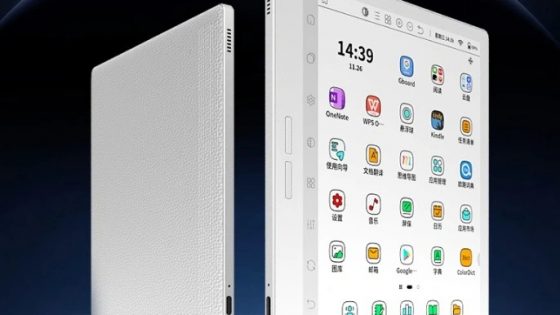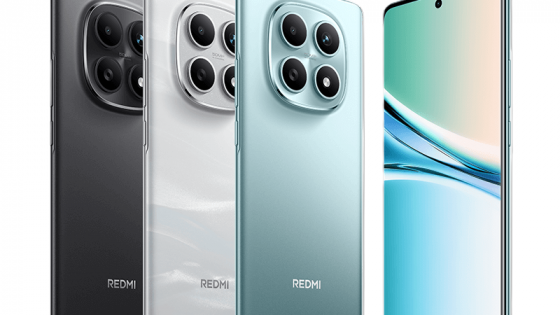Microsoft builds AI assistant into Windows 11 with new language model
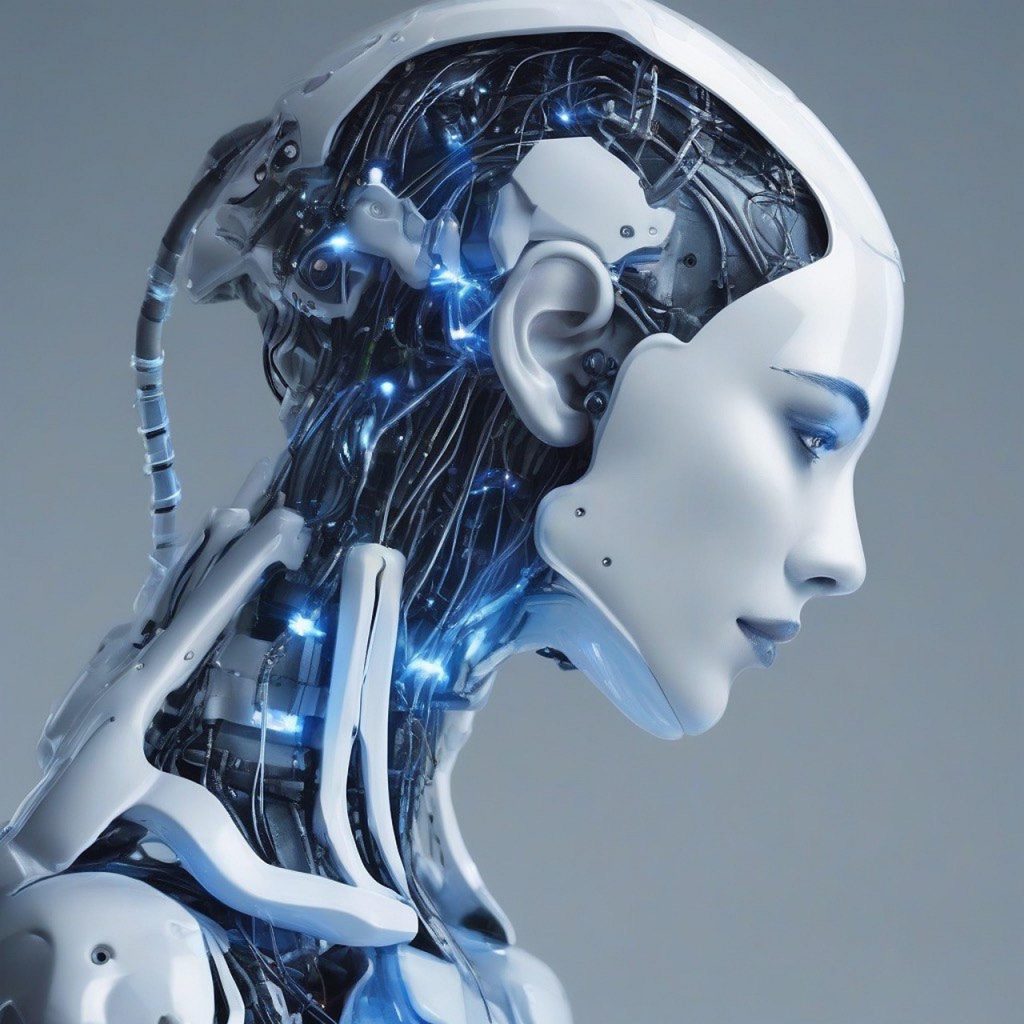
Last year, Microsoft introduced Copilot+ computers with a dedicated NPU (Near Field Processing Unit) capable of more than 40 billion operations per second. These systems included Phi-Silica, a “small” language model for devices designed to improve language understanding in Microsoft apps and third-party software.
Recently, Microsoft introduced a new language model called Mu, which is built directly into Windows 11. Mu powers a new intelligent assistant in the Settings app that understands users’ natural queries and integrates them into the search bar for a better user experience. The functionality is currently in beta for Windows Insiders in the Developer Channel on Copilot+ PCs.
Like the Phi-Silica language model, Mu is optimized for AI performance and can generate over 100 billion operations per second—locally, without a connection to the cloud. Microsoft revealed key information about the architecture and learning of the Mu model in a blog post:
- Mu is a language model with 330 million parameters, based on an encoder-decoder architecture.
- This architecture enables 47 % lower first instruction latency and 4.7× faster decoding compared to decoding models of the same size.
- It uses task division in specific components to reduce the number of parameters.
- It was trained on NVIDIA A100 GPUs via the Azure Machine Learning platform.
- Despite its smaller size, it offers similar performance to the optimized Phi-3.5-mini.
- It works best for multi-word queries; lexical and semantic results continue to be used for shorter terms.
Interested users can try out the feature by installing Windows 11 Build 26120.3964 (KB5058496) or later. It could soon become a permanent part of Windows 11.



